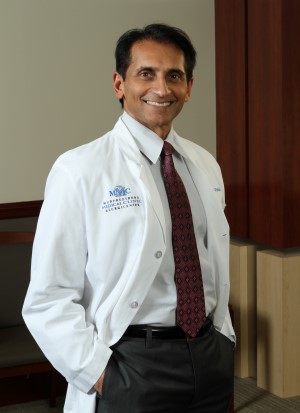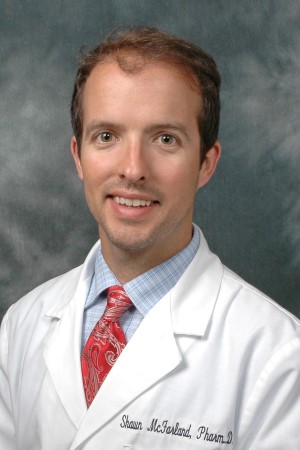
Dr. Paul Patel
by Dr. Shawn McFarland & Dr. Paul Patel, Better Boro Project Ambassadors
Prescription drug abuse has become an epidemic in our country. More Americans now die every year from drug overdoses than they do in motor vehicle crashes. New data from the Centers for Disease Control and Prevention (CDC) show that opioids—a class of drugs that include prescription pain medications and heroin—were involved in 28,648 deaths in 2014. Specifically, the abuse of synthetic opioids (hydrocodone, oxycodone, fentanyl) has increased at an unprecedented rate. As with cancer, we now all can relate to a family member or friend that has battled addiction related to prescription medications.

Dr. Shawn McFarland
The federal government has made clear that addressing the opioid overdose epidemic is a priority and has recently highlighted tools that are effective in reducing drug use and overdose. These tools include evidence-based prevention programs, prescription drug monitoring, prescription drug take-back events, medication-assisted treatment and the use of the overdose reversal drug naloxone for patients at high risk. Citizens of Murfreesboro should be aware of the resources available at the local level.
1. Understand the key components of prescription drug abuse
Signs and symptoms of prescription drug abuse depend on the specific drug. The most commonly abused prescription drugs are:
– Opioids, such as oxycodone (Oxycontin) and those containing hydrocodone (Vicodin, Lortab, Norco), used to treat pain
– Anti-anxiety medications and sedatives, such as alprazolam (Xanax) and diazepam (Valium), and sleep medications, such as zolpidem (Ambien), used to treat anxiety and sleep disorders
– Stimulants, such as methylphenidate (Ritalin, Concerta, others), dextroamphetamine and amphetamine (Adderall XR) and dextroamphetamine (Dexedrine), used to treat attention-deficit/hyperactivity disorder (ADHD) and certain sleep disorder
Signs and symptoms of prescription drug abuse include:
Stealing, forging or selling prescriptions
Taking higher doses than prescribed
Excessive mood swings or hostility
Increase or decrease in sleep
Poor decision-making
Appearing to be high, unusually energetic or revved up, or sedated
Continually “losing” prescriptions, so more prescriptions must be written
Seeking prescriptions from more than one doctor
2. Understand what community resources are available for the person seeking help
Always remember your medical team is available to help. One may feel embarrassed or ashamed to seek help or talk about this problem—but remember that medical professionals are trained to help rather than judge. It’s easier to tackle the problem earlier before it becomes an addiction and potentially lead to more serious complications.
Murfreesboro has many community resources available for those who need guidance or have family members who need assistance. Some of those resources include Cumberland Heights Drug & Alcohol Treatment, TrustPoint Hospital, several local counselors and psychologists and the Guidance Center.
3. Increase the use of the overdose drug naloxone for high-risk patient populations
Naloxone is a medication approved by the Food and Drug Administration (FDA) to prevent overdose by opioids such as heroin, morphine and oxycodone. It blocks opioid receptor sites, reversing the toxic effects of the overdose. Naloxone is administered when a patient is showing signs of opioid overdose. The medication can be given by intranasal spray, intramuscular (into the muscle), subcutaneous (under the skin) or intravenous injection.
A provider can prescribe naloxone to patients who are in medication-assisted treatment programs or who are considered at high risk for opioid overdose. Candidates for naloxone are those who, take high doses of opioids for long-term management of chronic pain, receive rotating opioid medication regimens, have been discharged from emergency medical care following opioid poisoning or intoxication, take certain extended-release or long-acting opioid medications, or take a combination of anxiety medications and opioids together.
Prescription drug abuse is a real and growing problem we must all be aware of and urgently address. Healthcare professionals in this community are available to help all those who need it. We are also working on preventative measures to ensure safe and appropriate use of these medications.
Together we can build a “better ’Boro.”













